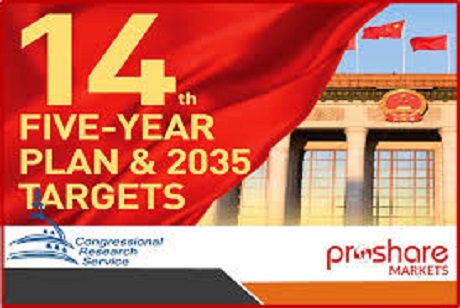23 November 2021
Following on from China Leather Industry Association (CLIA)’s release of its “guiding opinions” as to how the Chinese leather industry should respond to the government’s 14th five-year plan for the country, effective from 2021 through 2025, local leather industry journal Beijing Leather has published its key takeaways from the document. Report by Leatherbiz.
Guided by the country’s president, Xi Jinping’s approach to socialism “with Chinese characteristics”, the publication identified eight main development goals set by CLIA on behalf of the wider industry, to be achieved by 2025 (and, therefore, the start of the next five-year plan period).

The eight goals are as follows: increased production efficiency, improved technological innovation, advanced brand-building, optimised export stability, improved “green” manufacturing, accelerated construction of industrial clusters, ongoing improvement of digital capabilities and increased stability or retention of the workforce.
On brand-building, in particular, enhanced industry-wide standardisation and the increased adoption of international leatherworking standards from 92% to 95% were both called for. Moreover, the need to communicate the quality of Chinese leather both internally and beyond the nation’s borders was singled out as one path to cultivating “a number” of well-known brands inside China, plus “three to five” internationally influential leather brands.
Regarding “green” manufacturing and “cleaner” leather production, the journal cited CLIA as recommending a 10% increase in the rate of water reuse within tanneries. The intention to build between four and six demonstration projects for the disposal or effective utilisation of chromium-containing leather waste and scrap across the country was also revealed.
Leather footwear manufacturing was highlighted as another area for “greener” improvement, including a strategic increase in the use of water-based and hot-melt adhesives during production and a measurable reduction in the emission of volatile organic compounds during the shoe-making process.
Elsewhere in the document, challenges the industry expects to face throughout the five-year duration of the plan were listed.
These included an acknowledgement of the country’s shift from an era of rapid growth to a “new normal” of relatively slowed (yet “high-quality”) development, the perceived position of the Chinese leather industry as existing amid a “two-way squeeze” between developed and developing countries (such as its south-east Asian manufacturing rivals) and, additionally, the threat of so-called “alternative” materials to leather.
In regard to the latter, the urgent need to maintain and convey the “excellent” characteristics of genuine leather articles was underscored, especially in relation to winning favour among younger generations of consumers.
我们为皮革、物料及时装业界创造面对面洽谈的机会,为客户缔造实质商机。我们云集世界各地的商家,让他们寻找新的合作伙伴,发掘潜在客户或供应商,并掌握业界最新发展。
我们主办多个专注时尚及生活潮流的商贸展览会, 为这不断变化的行业,提供最全面的买家及参展商服务,方便他们了解急速转变的行业环境,并预测来季趋势。

使用条款 | 隐私政策 | APLF 可持续发展